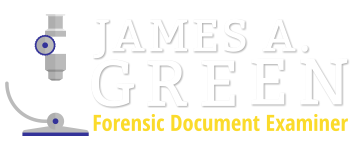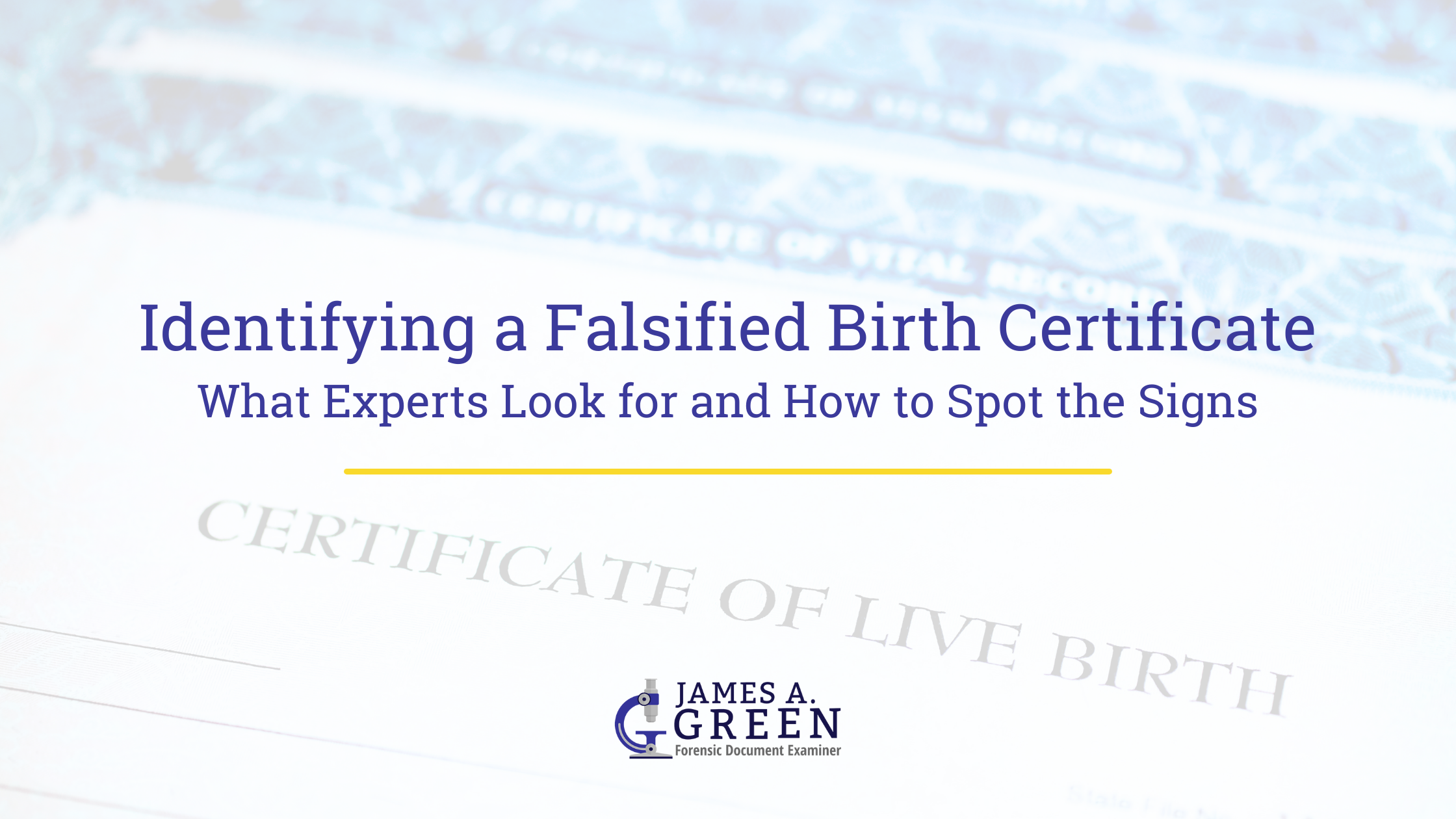Birth certificates are essential legal documents that serve to establish an individual’s identity and citizenship. However, in recent times, the rise of fraudulent activities surrounding fake birth certificate ‘s has become a cause for concern. As a result, experts are commonly employed or consulted with to identify counterfeits.
Why Would Someone Forge a Birth Certificate?
Before delving into the process of identifying false birth certificates, it is important to understand the motivations behind such forgeries. Individuals may forge birth certificates for various reasons, including:
- Identity Fraud: False birth certificates enable individuals to assume false identities, which can be used for illicit activities or to deceive authorities.
- Immigration Fraud: Counterfeit birth certificates can be employed to obtain citizenship or other immigration-related benefits they do not deserve.
- Education Fraud: Some individuals have used counterfeit birth certificates to gain admission to educational institutions or access opportunities reserved for specific age groups.
Detecting a Fake Birth Certificate
Forensic document examiners play a critical role in identifying fraudulent birth certificates. By employing meticulous techniques and leveraging their expertise, they can uncover the following signs of forgery:
- Paper Quality and Watermarks: Genuine birth certificates often have specific security features such as watermarks or embedded fibers within the paper. Document examiners analyze these elements to determine authenticity.
- Inconsistencies in Font and Typography: Forgers may struggle to replicate printing by an official issuer, such as the exact fonts and typographic styles. Discrepancies in letter spacing, font size, or overall layout may indicate a simulated birth certificate.
- Alterations and Erasures: Examining birth certificates under specialized lighting (such as in the infrared or ultraviolet spectrum,) or using magnification instruments can reveal signs of tampering, such as erasures, alterations, or additions. These alterations are often made to change vital information, such as dates, names, or photographs.
- Seals and Signatures: Authentic birth certificates bear official seals and authorized signatures. Document examiners carefully analyze the consistency of these features by comparing them with reference samples to detect discrepancies.
- Anomalies in Information: Examiners scrutinize the content of birth certificates for inconsistencies or unusual details. Discrepancies in the registration process, formatting errors, and dates, are of value in confirming a certificate’s fabrication.
- Verification with Issuing Authorities: Document examiners collaborate with relevant government agencies to verify the legitimacy of a birth certificate. This involves cross-referencing records, comparing signatures, and confirming the accuracy of the document.
In Conclusion
Establishing a birth certificate was falsified requires expertise, attention to detail, and an understanding of the specific security features present in legitimate documents. Forensic document examiners play a crucial role in identifying the signs of forgery, enabling authorities to take appropriate action against those involved in fraudulent activities. By staying vigilant and relying on the expertise of professionals like James Green, a Forensic Document Examiner, we can ensure the integrity of our personal identification documents.
Forensic Document Examiner James A. Green has provided expert testimony in more than 150 cases in various State and Federal Courts and Canada. Mr. Green is Certified by the American Board of Forensic Document Examiners. He is an active member of the American Society of Questioned Document Examiners, the American Academy of Forensic Sciences – Questioned Document Section, and the Southwest Association of Forensic Document Examiners. Click here to learn more about Mr. Green’s expert witness services, call 888-485-0832, or email him.

